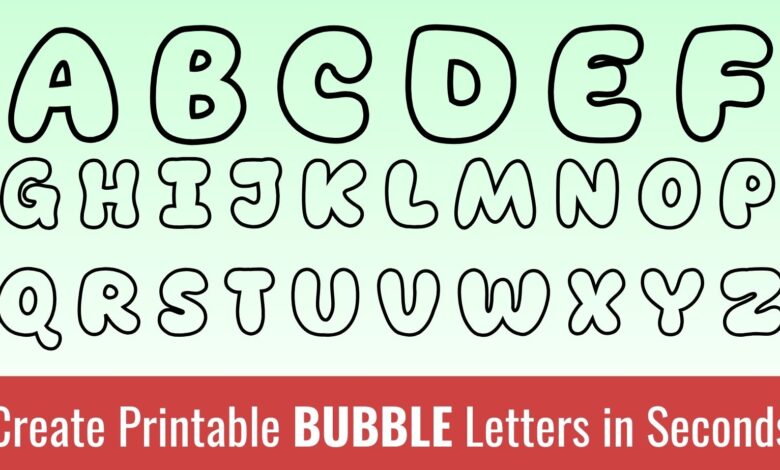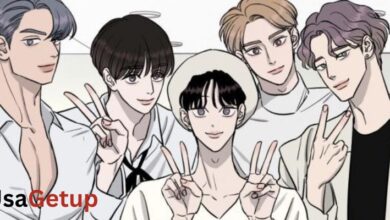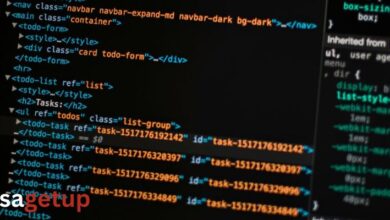The Bubble Font Craze: From Playful Typography to Digital Expression

In the vast realm of typography, few styles capture the imagination quite like bubble fonts. These whimsical, rounded letterforms have undergone a fascinating evolution, transcending mere design trends to become iconic symbols of creativity and expression. From their humble beginnings to their current prominence in digital media, the journey of bubble fonts is a testament to the enduring power of playful design.
A Brief History of Bubble Fonts
Bubble fonts, also known as bubble letters or bubblegum fonts, first gained popularity in the mid-20th century. Originating from the graffiti scene and the hand-drawn lettering of comic books, these bubbly characters quickly found their way into mainstream culture. Their bold, rounded shapes exuded a sense of fun and lightheartedness, making them a favorite choice for everything from advertising to children’s book illustrations.
As technology advanced, bubble fonts made a seamless transition into the digital realm. With the rise of desktop publishing and graphic design software, designers began experimenting with new ways to create and manipulate these playful letterforms. Today, bubble fonts can be found everywhere from social media posts to corporate logos, showcasing their enduring appeal across diverse industries and mediums.
Evolution of Bubble Fonts in Design
Over the years, bubble fonts have evolved from simple hand-drawn styles to sophisticated digital creations. Designers have pushed the boundaries of traditional typography, exploring innovative techniques and incorporating elements of three-dimensional design. Modern bubble fonts often feature subtle gradients, shadows, and highlights, adding depth and dimension to each letter.
One of the most exciting developments in bubble font design is the integration of technology. With the advent of advanced rendering software and augmented reality tools, designers can now create dynamic, interactive lettering that responds to user input. This fusion of design and technology opens up new possibilities for creative expression, allowing designers to craft immersive experiences that engage and captivate audiences.
Why Bubble Fonts Are Trending
In an age dominated by digital media and visual communication, bubble fonts offer a refreshing alternative to traditional typography. Their playful aesthetic resonates with audiences of all ages, evoking feelings of nostalgia and joy. Whether used in branding, advertising, or social media content, bubble fonts have a unique ability to capture attention and convey personality.
One of the key factors driving the popularity of bubble fonts is their versatility. Unlike some more niche typographic styles, bubble fonts can adapt to a wide range of contexts and design aesthetics. From retro-inspired designs to sleek, modern applications, bubble fonts offer endless possibilities for creative expression. This versatility makes them a favorite choice for designers looking to make a bold statement and stand out in a crowded marketplace.
Understanding Bubble Fonts
Bubble fonts are a distinct style of typography characterized by their rounded, bulbous letterforms. Unlike traditional fonts, which typically feature straight lines and sharp angles, bubble fonts have a soft, playful appearance reminiscent of inflated balloons or bubbles. This unique aesthetic makes them well-suited for a variety of design purposes, from advertising and branding to children’s books and party invitations.
One of the defining characteristics of bubble fonts is their sense of whimsy and fun. The rounded shapes and smooth curves evoke feelings of warmth and friendliness, making bubble fonts particularly appealing for designs aimed at younger audiences. Whether used in a logo, headline, or decorative element, bubble fonts have a playful charm that can instantly capture attention and create a memorable impression.
Different Styles and Variations
While bubble fonts share certain common characteristics, such as rounded letterforms and soft edges, there is a wide variety of styles and variations within the genre. Designers have experimented with different techniques and aesthetics to create bubble fonts that range from cute and whimsical to sleek and modern.
One popular variation of bubble fonts is the 3D effect, which adds depth and dimension to the letterforms. By incorporating shadows, highlights, and gradients, designers can create the illusion of three-dimensional objects floating in space. This adds visual interest and makes the text stand out against the background, making it ideal for logos, headlines, and other prominent design elements.
Another common variation of bubble fonts is the retro or vintage style, which draws inspiration from mid-century design aesthetics. These fonts often feature bold, exaggerated letterforms with exaggerated curves and flourishes, evoking the playful spirit of the 1950s and 60s. Retro bubble fonts are popular choices for branding and advertising projects, as they can add a touch of nostalgia and personality to any design.
Elements That Define a Bubble Font
While bubble fonts come in many different styles and variations, there are certain key elements that define the genre. These include:
- Rounded letterforms: The most obvious characteristic of bubble fonts is their rounded, bulbous shapes. Unlike traditional fonts, which often feature sharp angles and straight lines, bubble fonts have smooth curves and soft edges that give them a friendly, approachable appearance.
- Bold strokes: Bubble fonts are typically bold and chunky, with thick strokes that help to emphasize the rounded shapes of the letterforms. This boldness adds visual impact and makes the text stand out against the background, making it ideal for headlines and other prominent design elements.
- Playful aesthetic: Perhaps the most important element of bubble fonts is their playful aesthetic. Whether used in a logo, headline, or decorative element, bubble fonts have a whimsical charm that can instantly capture attention and create a memorable impression. This playful quality makes them well-suited for designs aimed at children or anyone looking to inject a sense of fun into their project.
The Psychology Behind Bubble Fonts
The choice of font in design is not merely a stylistic decision; it can also have a profound impact on the way the audience perceives the message. When it comes to bubble fonts, the psychology behind their use is fascinating. These rounded, friendly letterforms evoke feelings of warmth, friendliness, and approachability, making them ideal for creating a positive emotional response in the viewer.
Studies have shown that certain fonts can elicit specific emotional reactions from viewers. In the case of bubble fonts, the soft, rounded shapes are reminiscent of childhood toys and playful activities, triggering feelings of nostalgia and happiness. This emotional connection can make bubble fonts particularly effective in designs aimed at children or anyone seeking to convey a sense of fun and whimsy.
In addition to their emotional appeal, bubble fonts also have practical benefits in terms of readability and legibility. The rounded shapes and smooth curves make them easy to read, even at small sizes or from a distance. This makes bubble fonts a popular choice for signage, advertising, and other applications where clear communication is essential.
Impact of Bubble Fonts on Perception
In the world of branding and marketing, perception is everything. Every design choice, from color and imagery to typography, can influence the way consumers perceive a brand or product. When it comes to bubble fonts, the impact on perception is profound.
One of the key advantages of bubble fonts is their ability to convey a sense of playfulness and creativity. Whether used in a logo, packaging design, or advertising campaign, bubble fonts can instantly capture attention and create a positive impression in the minds of consumers. This can be particularly valuable for brands looking to differentiate themselves in a crowded marketplace and establish a memorable identity.
In addition to their playful aesthetic, bubble fonts can also convey a sense of warmth and friendliness. The rounded shapes and soft edges evoke feelings of comfort and approachability, making consumers feel more at ease with the brand. This can help to foster a sense of trust and loyalty over time, leading to stronger relationships between the brand and its customers.
You read also more





